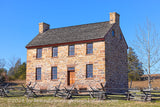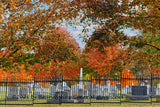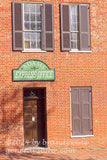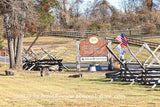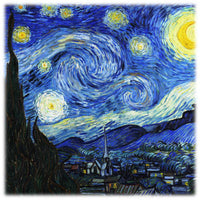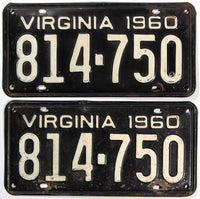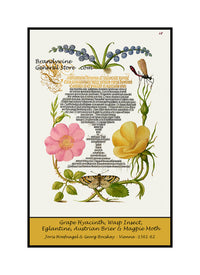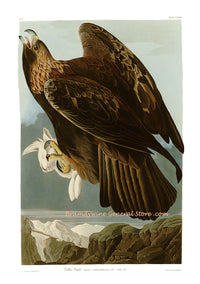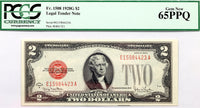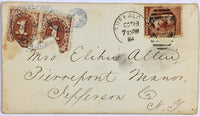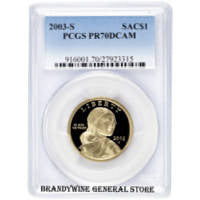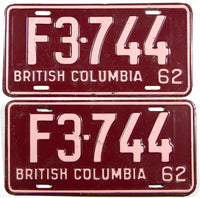Black Poll Warbler by John James Audubon art print
An archival premium Quality art Print of the Black Poll Warbler by John James Audubon for sale by Brandywine General Store. This small songbird was plate or picture number 133 in the great ornithology book by Audubon, The Birds of America the first Havell edition. In later works this bird was called Black Poll Wood Warbler. The painting features three specimens, two males and one female, there isn't much difference in the coloration between the sexes. They are all perched in a black gum tree eating the ripe berries. Audubon describes the black gum tree as having wood that is of little use, even for firing, as it takes a long time to consume, affords no blaze, and burns dismally. If a log falls into the river it sinks immediately and stays submerged. The foliage is pleasing to the eye and in the middle districts the tree is left in the fields for shade for the cattle. The berries are consumed in the winter by many birds.
Sylvia Striata - Mr. Audubon describes the Black Poll Warbler in Birds of America thus "No sooner had the Ripley come to an anchor in the curious harbour of Labrador, known by the name of Little Macatina, than my party and myself sought the shore.." "One fair morning, while several of us were scrambling through one of the thickets of trees, scarcely waist-high, my youngest son chanced to scare from her nest a female of the Black-poll Warbler. Reader, just fancy how this raised my spirits. I felt as if the enormous expense of our voyage had been refunded. "There," said I, "we are the first white men who have seen such a nest." I peeped into it, saw that it contained four eggs, and observed its little owner looking upon us with anxiety and astonishment. It was placed about three feet from the ground, in the fork of a small branch, close to the main stem of a fir tree. Its diameter internally was two inches, the depth one and a half.
Externally it resembled the nest of the White-crowned Sparrow, being formed of green and white moss and lichens, intermixed with coarse dried grass; within this was a layer of bent grass, and the lining, was of very dark coloured dry moss, looking precisely like horse-hair, arranged in a circular direction with great care. Lastly, there was a thick bed of large soft feathers, some of which were from Ducks, but most of them from the Willow Grouse. I must now return to the United States, and trace the progress of our Warbler. It enters Louisiana as early as the middle of February. At this time it is seen gleaning food among the taller branches of the willows, maples, and other trees that overhang the rivers and lakes. Its migrations eastward follow the advance of the season, and I have not been able to comprehend why it is never seen in the maritime parts of South Carolina, while it is abundantly found in the State of New Jersey close to the sea-shore. There you would think that it had changed its habits; for, instead of skipping among the taller branches of trees, it is seen moving along the trunks and large limbs, almost in the manner of a Certhia, searching the chinks of the bark for larvae and pupae. They are met with in groups of ten, twelve, or more, in the end of April, but after that period few are to be seen. In Massachusetts they begin to appear nearly a month later, the intervening time being no doubt spent on their passage through New York and Connecticut.
I found them at the end of May in the eastern part of Maine, and met with them wherever we landed on our voyage to Labrador, where they arrive from the 1st to the 10th of June, throwing themselves into every valley covered by those thickets, which they prefer for their breeding places. It also breeds abundantly in Newfoundland. In these countries it has almost become a Flycatcher. You see it darting in all directions after insects, chasing them on wing, and not unfrequently snapping so as to emit the clicking sound characteristic of the true Flycatcher. Its activity is pleasing, but its notes have no title to be called a song. They are shrill, and resemble the noise made by striking two small pebbles together, more than any other sound that I know. They may be in some degree imitated by pronouncing the syllable sche, sche, sche, sche, sche, so as progressively to increase the emphasis. .." Audubon bird print #133



